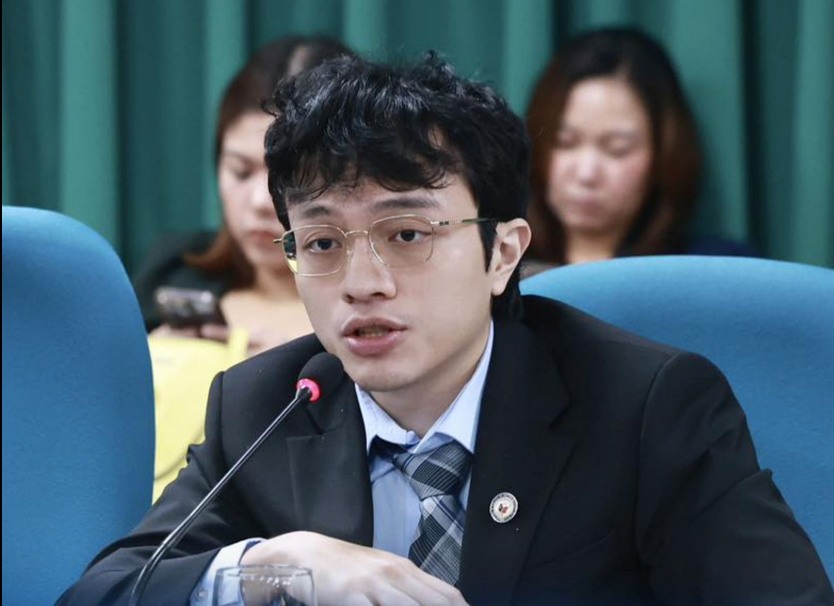The failure of the Philippine Government to capitalize on technology has been a long-standing issue, but nothing demonstrates this more than the discontinuation of the interagency Chief Information Officer (CIO) program. Originally established during the Duterte administration, this initiative aimed to create seamless coordination between different government agencies through a centralized technology approach. It was a strategic move towards modernizing the country’s digital infrastructure, enhancing public service delivery, and streamlining bureaucratic processes.
But, like many other promising reforms, it was scrapped during the Marcos administration, leaving the nation’s technological future in limbo. The decision to dismantle the CIO program is emblematic of the Marcos administration’s disregard for long-term, sustainable tech reforms. This critical program was designed to bridge the growing gap between the country’s need for integrated technological systems and the government’s perpetual incompetence in digital governance.
The current administration has failed to comprehend the importance of this, choosing instead to continue down a path of fragmented, poorly implemented digital projects. At the heart of this failure is the Department of Information and Communications Technology (DICT). Initially, the DICT was supposed to be the driver of the country’s digital transformation, but it has repeatedly demonstrated an alarming level of incompetence. From its botched Free Wi-Fi Program to its failure to implement basic cybersecurity measures, the DICT has proven to be woefully unprepared to handle the complex technological needs of the nation.
The scrapping of the CIO program is just the latest in a long line of missteps by the department. One of the most damaging consequences of this decision is the loss of interagency coordination. In today’s digital age, government agencies cannot afford to operate in silos. The CIO program was designed to ensure that all government departments, from health to transportation, worked together using a unified technological infrastructure. Without this, agencies are left to fend for themselves, often resulting in redundant systems, inefficiencies, and massive waste of taxpayer money.
The Philippines is lagging behind its neighbors in terms of digital governance, and much of that can be attributed to the absence of coherent leadership from the DICT. The lack of a centralized CIO program has left agencies unable to communicate or collaborate effectively, leading to disjointed policies and programs. This not only hampers the government’s ability to deliver public services but also contributes to the worsening trust deficit between the government and the people. Under the Duterte administration, the CIO initiative was the first real attempt to address this issue by establishing a centralized tech authority that could oversee and integrate the country’s fragmented digital infrastructure.
However, the Marcos administration’s refusal to continue this effort suggests either a fundamental misunderstanding of its importance or a deliberate attempt to undermine progress for the sake of political expediency. Neither option bodes well for the future of Philippine governance. Moreover, the abandonment of the CIO program highlights a broader issue with the current government: its inability to see technology as an essential tool for nation-building.
The Marcos administration has shown little interest in pursuing meaningful technological reforms, preferring instead to focus on short-term political gains. This lack of vision is particularly concerning given the rapid pace of technological advancement worldwide. The situation is made even worse by the fact that the DICT is supposed to be the leading agency in terms of technological reform. Yet, the department remains mired in incompetence, corruption, and inefficiency. The scrapping of the CIO program is just one example of how the DICT has failed to live up to its mandate.
Instead of pushing for innovation, the department seems content with maintaining the status quo, which is completely unacceptable in an era where technology is the backbone of modern governance. If the government is serious about reforming its bureaucratic processes and improving public service delivery, it needs to revisit the CIO initiative. The country cannot afford to continue with its current disjointed approach to digital governance.
A centralized, interagency CIO program ensures that all government agencies work together to deliver the services that the Filipino people deserve. It is also time for the DICT to take its role seriously. The department’s repeated failures to implement even the most basic technological reforms are holding the country back. The Philippines needs competent leadership in the DICT—leadership that understands the value of technology and is committed to pushing for real change.
Unfortunately, under the current administration, it seems unlikely that this will happen anytime soon. The Marcos administration’s decision to scrap the CIO program is a huge step backward for the Philippines. The country is already behind when it comes to digital governance, and without a centralized tech authority, it will continue to fall even further behind. The government must recognize the importance of a unified technological approach and take immediate steps to reinstate the CIO initiative.
In the end, the abandonment of the CIO program is just another example of how the government, particularly the DICT, is failing the Filipino people. The promise of a more efficient, technologically advanced government remains unfulfilled, and the nation’s progress is being held hostage by incompetence and short-sightedness. The need for reform is clear, and it is time for the government to step up and address the country’s technological challenges.
Unfortunately, with the Marcos administration at the helm, such reforms seem increasingly unlikely.
————————-
Rafael “Raffy” Gutierrez is a veteran Technology Trainer, boasting over 25 years of expertise in networking, administration, systems design, and diverse computer technologies.




